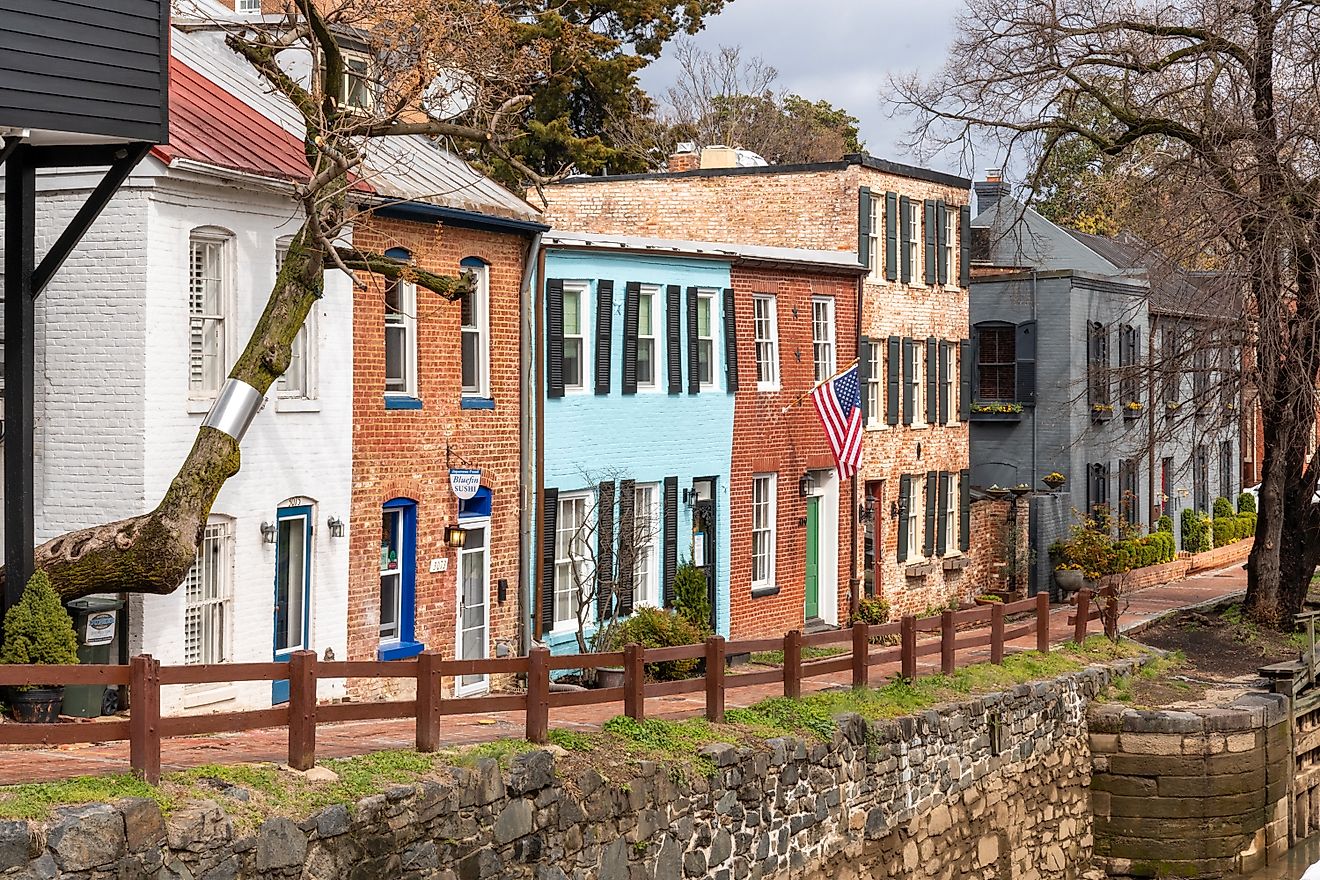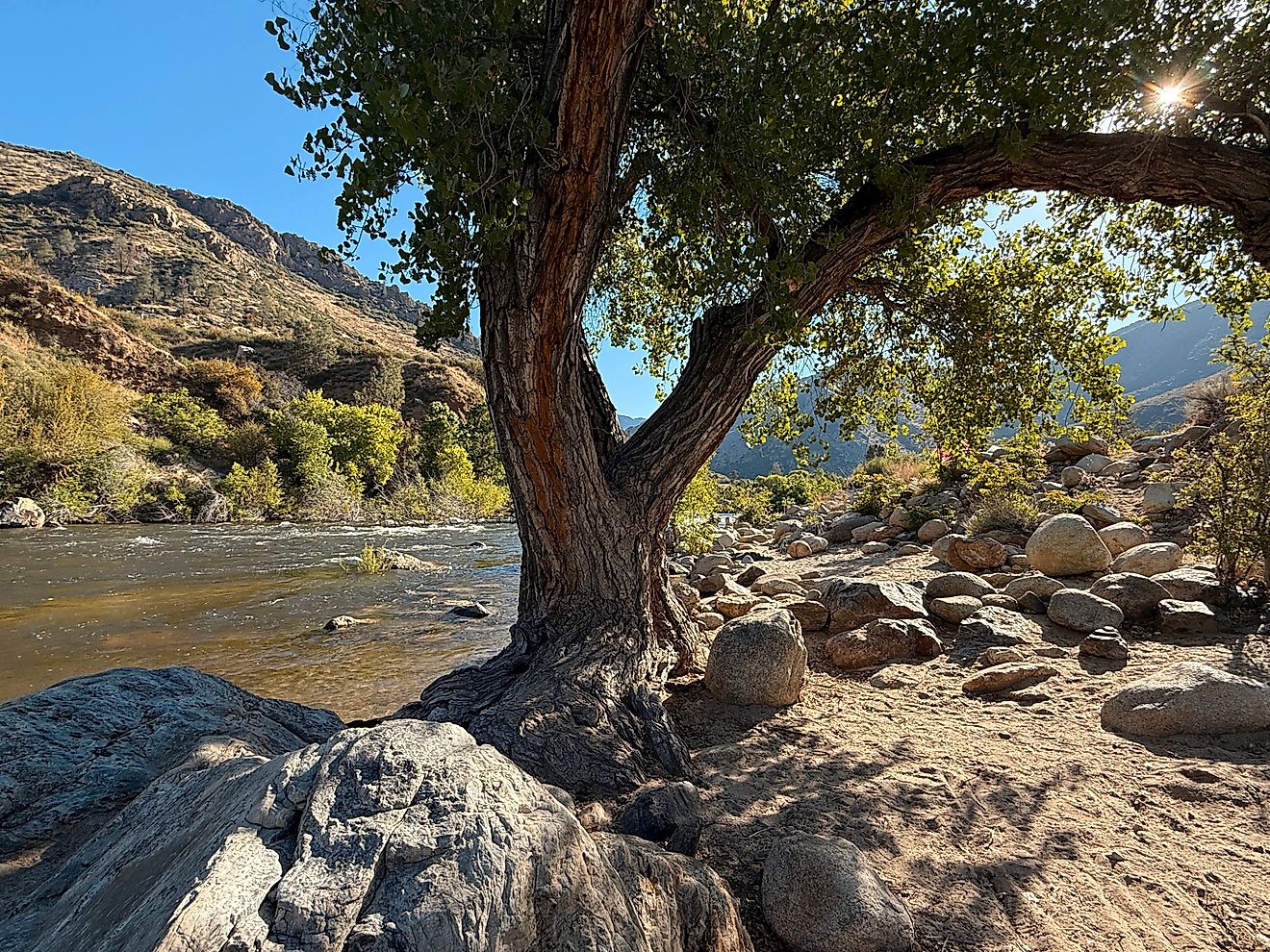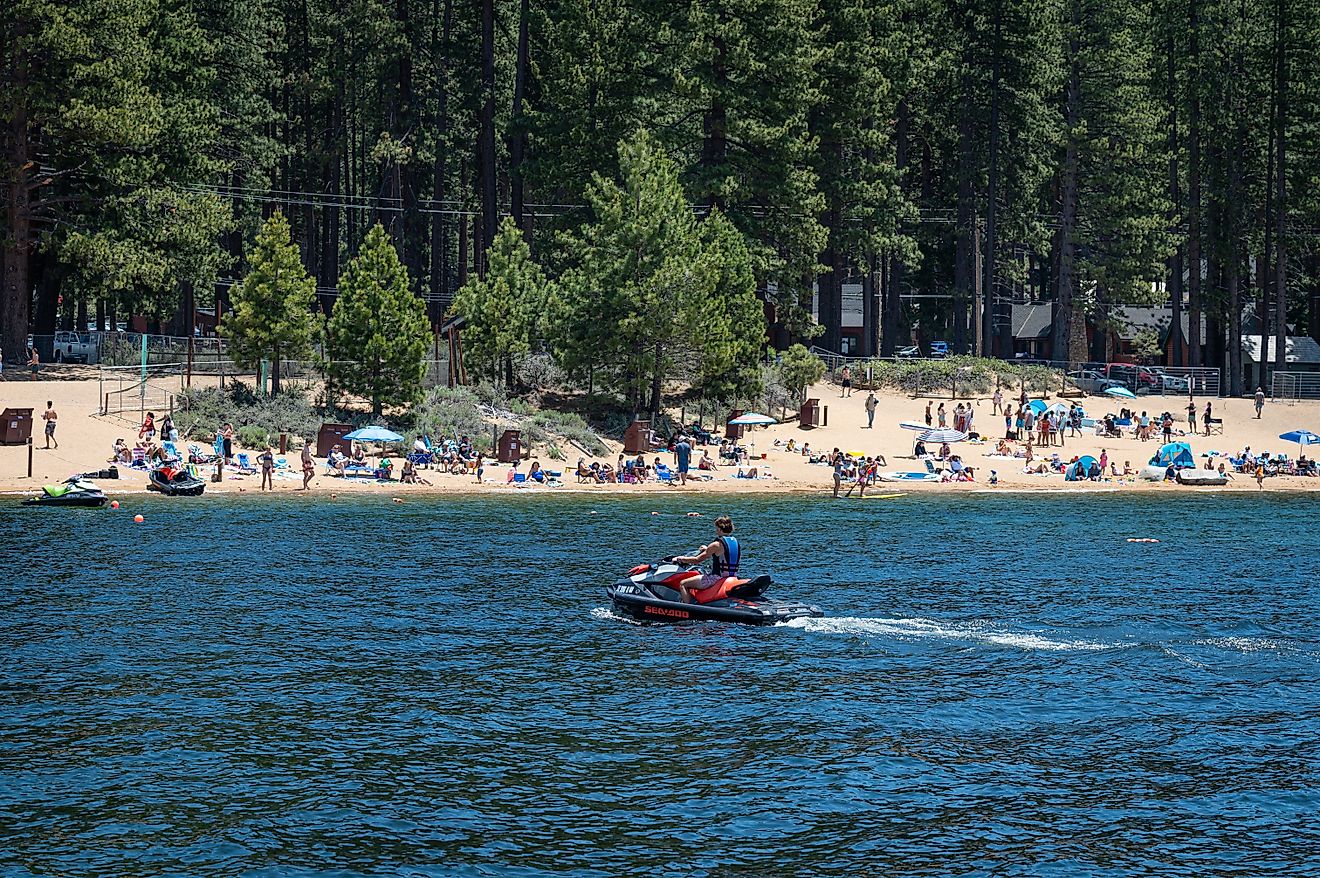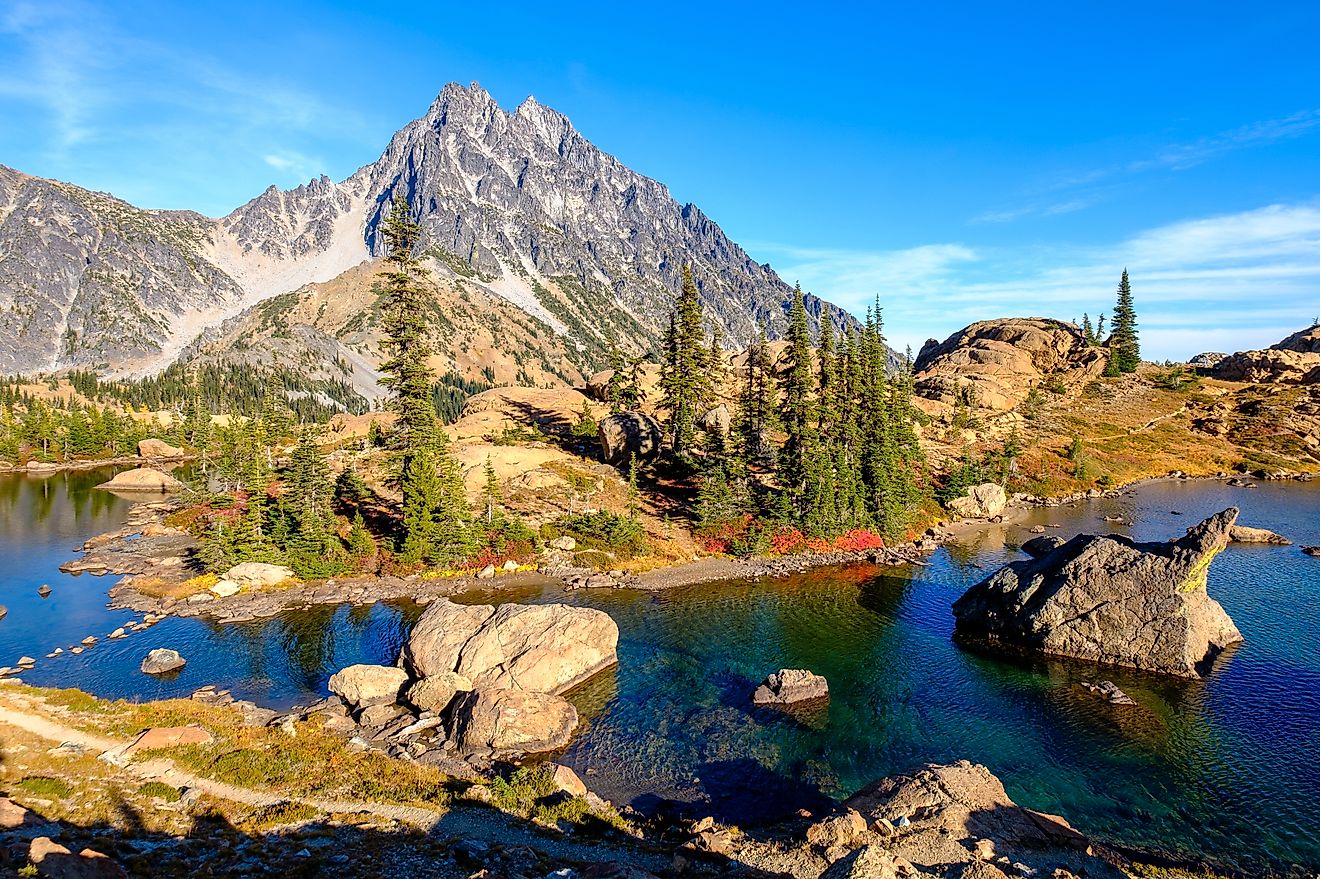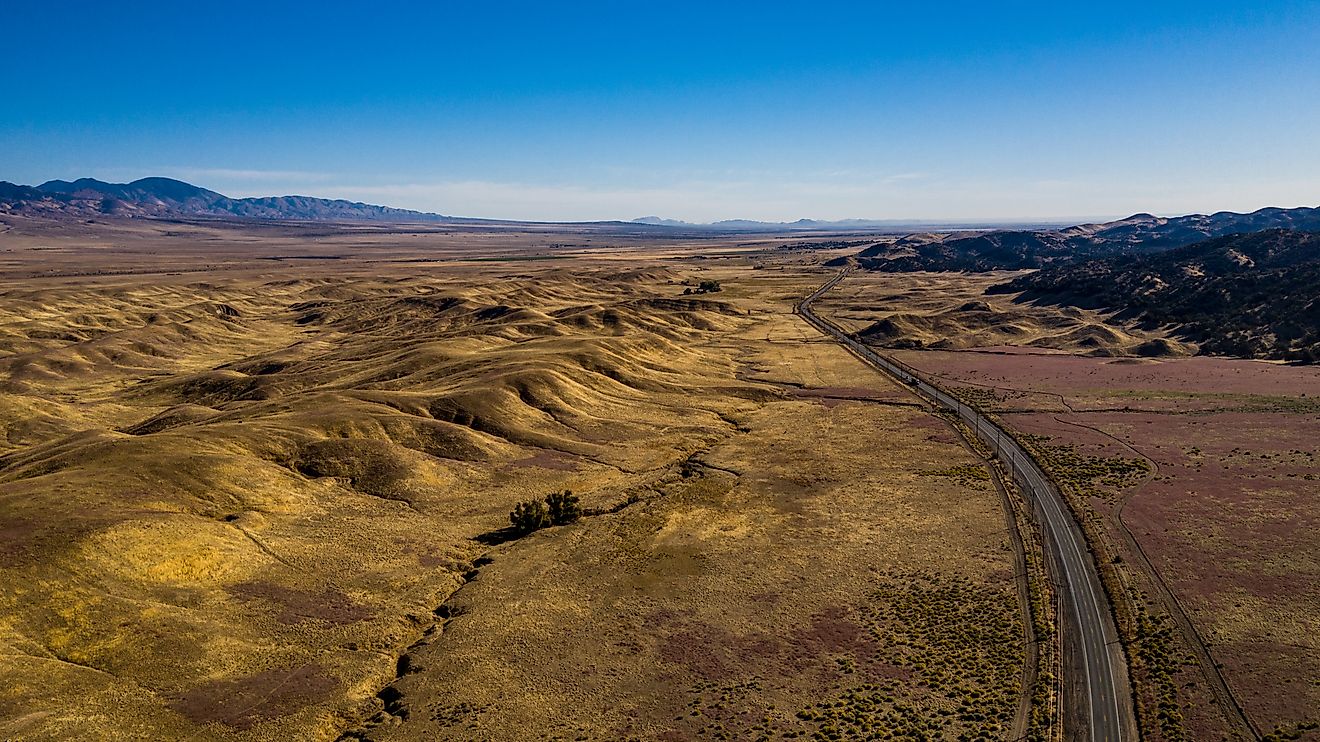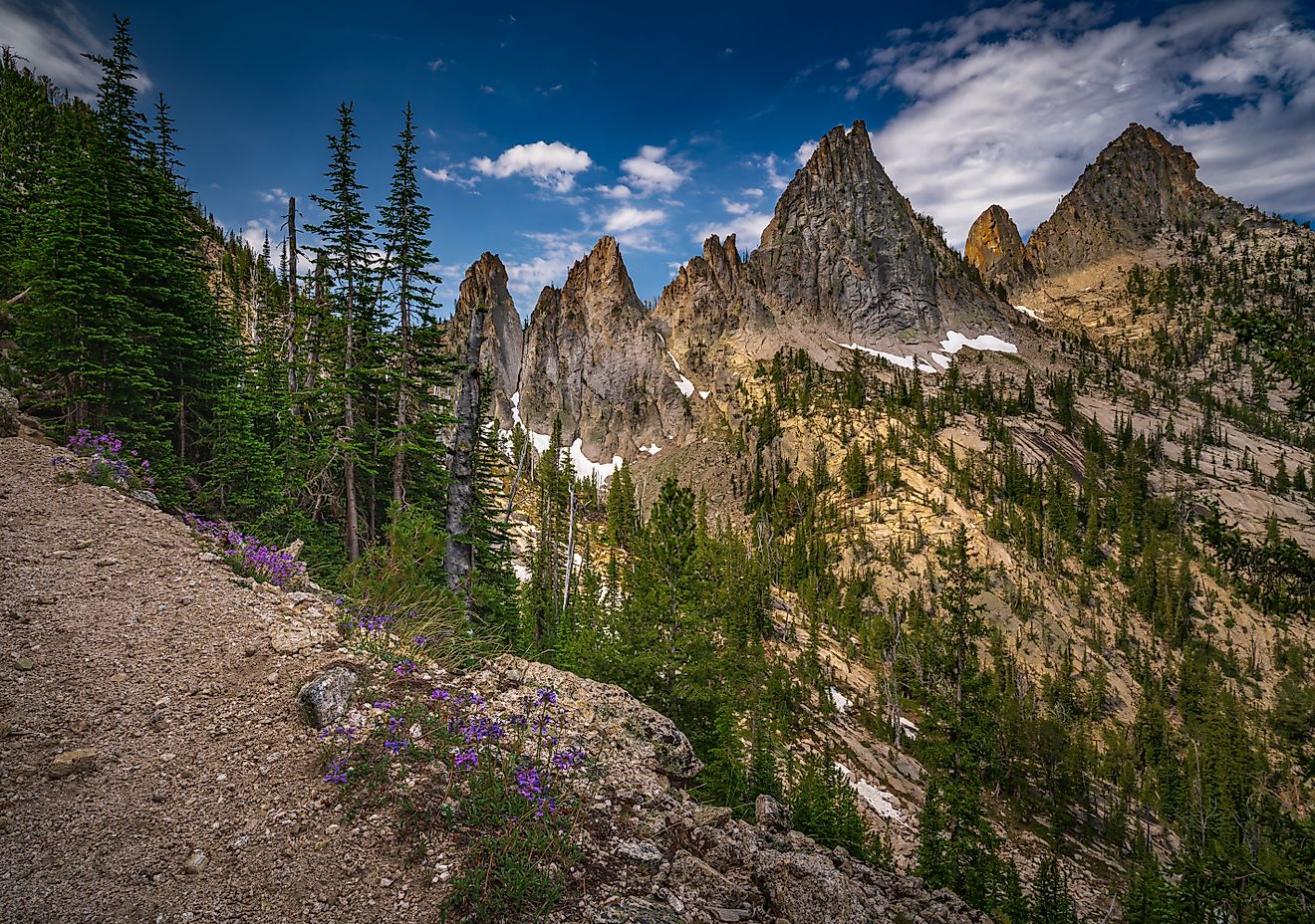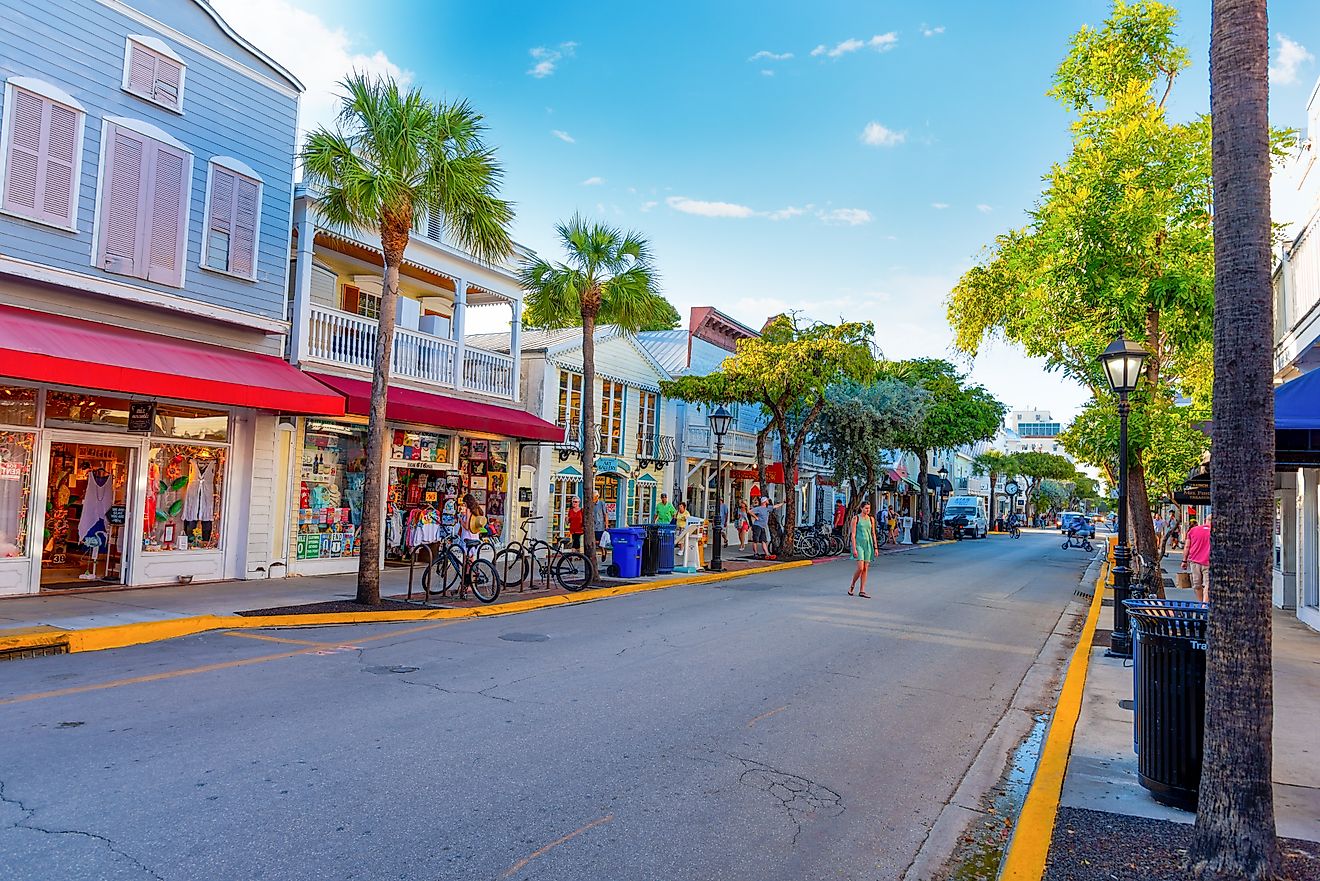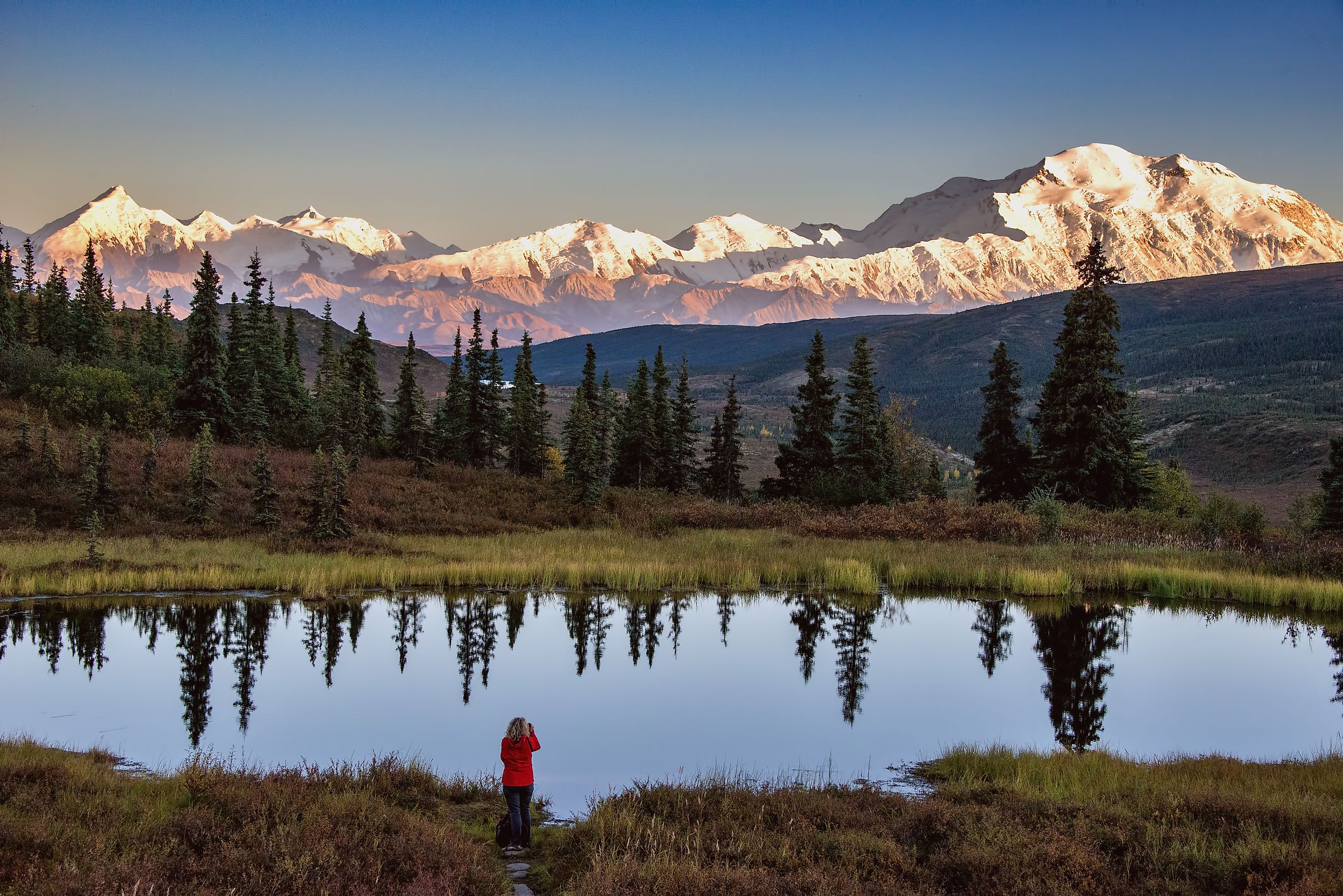
US States With the Most Public Land per Capita
In a country as vast as the United States, public lands offer a remarkable opportunity: space to hike, camp, fish, hunt, and simply breathe. While states like California and Texas may boast large chunks of land in total, the real treasure for outdoor lovers lies in how much of it is publicly accessible per person. Some states offer enough room for every resident to have acres upon acres to themselves, often surrounded by mountains, deserts, forests, and pristine lakes.
Public land includes national parks, forests, wilderness areas, wildlife refuges, and state-managed lands. When you compare the amount of public land to the population, a different picture emerges from the usual maps of land ownership. This article ranks the six US states with the most public land per capita using 2025 population data from WorldPopulationReview.com, blending geography, solitude, and outdoor opportunity.
Alaska
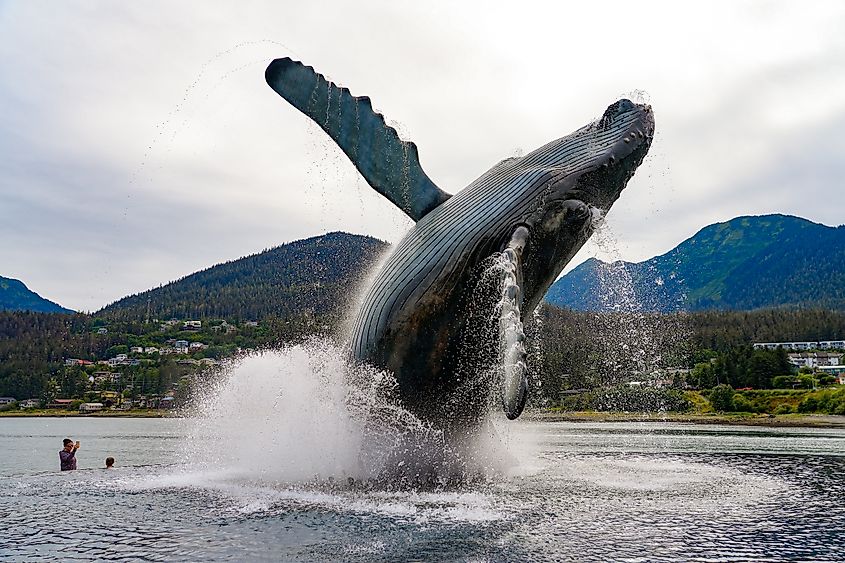
-
Public land per capita: Over 800 acres per person
-
Total public land: Approx. 222 million acres
-
Population (2025): ~735,000
No surprise here. Alaska leads the nation by a wide margin when it comes to public land per person. The state accounts for more than 60 percent of all federally owned land in the country. With just over 735,000 residents, that’s more than 800 acres of public land for every person.
Alaska’s public lands include vast national parks like Denali, Gates of the Arctic, and Wrangell–St. Elias, the largest national park in the United States. The Bureau of Land Management, National Park Service, and U.S. Forest Service manage immense tracts of wilderness, much of it roadless and wild.
From glaciers and tundra to fjords and boreal forests, Alaska’s public land offers unmatched opportunities for solitude and adventure. Many areas can only be accessed by bush plane, boat, or on foot, making it a true frontier for those seeking isolation and natural beauty.
Nevada
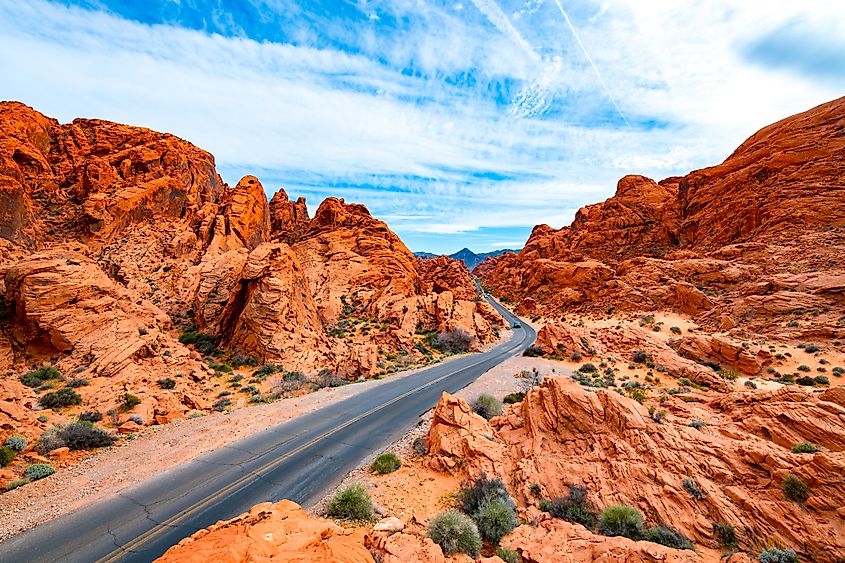
-
Public land per capita: Around 20 acres per person
-
Total public land: Approx. 56.9 million acres
-
Population (2025): ~2.85 million
Though often overshadowed by the glitter of Las Vegas, Nevada is dominated by public lands. About 81 percent of the state is managed by federal agencies. With fewer than 3 million residents, that leaves a staggering amount of land per capita.
Nevada’s wide-open landscapes include desert valleys, rugged mountain ranges, and ghost towns lost to time. BLM land makes up the majority of public acreage, offering free camping, off-roading, hunting, and hiking opportunities. Great Basin National Park, with its alpine lakes and bristlecone pines, is one of the state’s hidden gems.
If you're seeking freedom and room to roam, Nevada delivers. There are places where you can drive for hours and not see another soul, a feature both calming and thrilling for outdoor explorers.
Wyoming
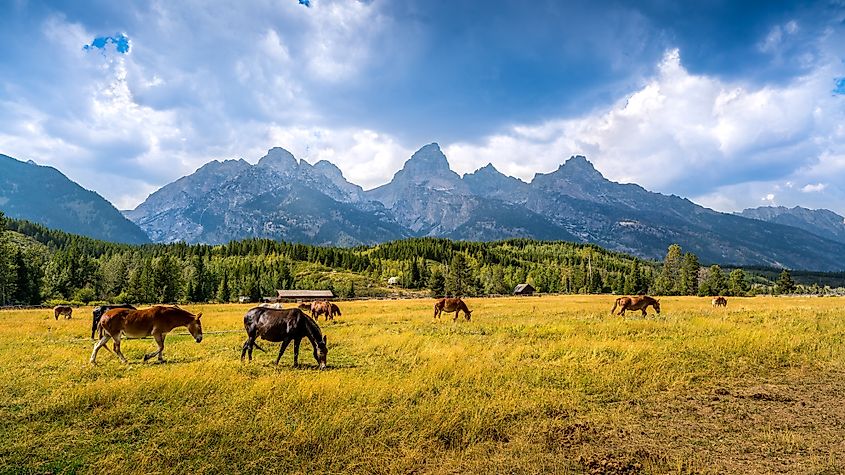
-
Public land per capita: Around 15 acres per person
-
Total public land: Approx. 30 million acres
-
Population (2025): ~585,000
Wyoming may be the least populated state in the country, but it’s one of the richest when it comes to outdoor access. With nearly half of the land in public hands and a population under 600,000, it offers an abundance of wild space.
Yellowstone and Grand Teton National Parks are just the beginning. The state also features millions of acres of national forests and BLM lands. These areas provide prime territory for camping, hunting, and horseback riding in terrain that ranges from sagebrush flats to alpine peaks.
In Wyoming, public land is not just about recreation. It’s part of the state’s identity and economy, supporting ranching, energy development, and conservation. For visitors, it’s a place to step into a rugged version of the American West.
Idaho
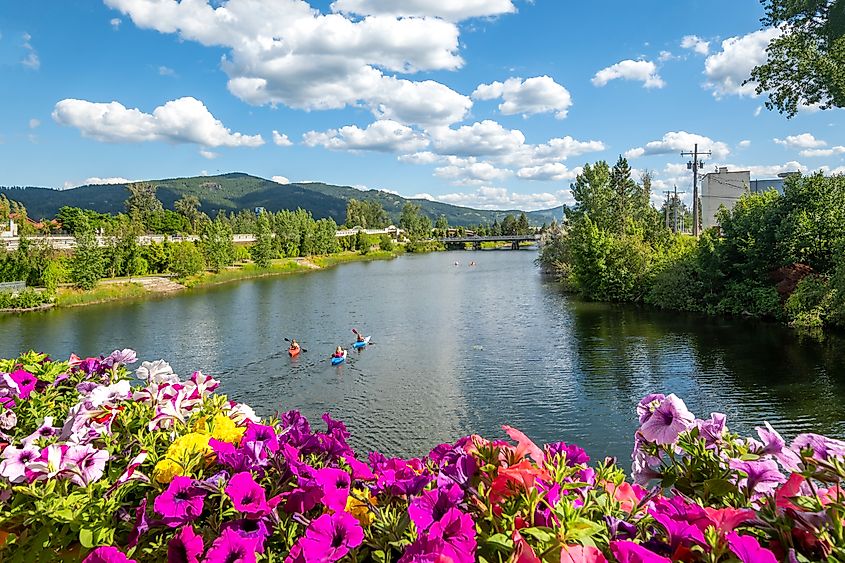
-
Public land per capita: Around 11 acres per person
-
Total public land: Approx. 33 million acres
-
Population (2025): ~1.56 million
Idaho quietly ranks high on the list thanks to its expansive national forests and remote mountain ranges. More than 60 percent of the state is public land. When adjusted for population, Idaho gives each resident around 11 acres of room to breathe.
The Frank Church–River of No Return Wilderness is one of the largest contiguous wilderness areas in the lower 48, located right in central Idaho. Add in Hells Canyon, the deepest river gorge in North America, and you have some of the most untamed territory in the West.
Idaho’s public lands are prized for backcountry adventure: rafting, fly fishing, elk hunting, and long-distance hiking. The terrain is rugged, the roads are few, and the sense of remoteness is real. For those who prefer nature without crowds, this state is hard to beat.
Utah
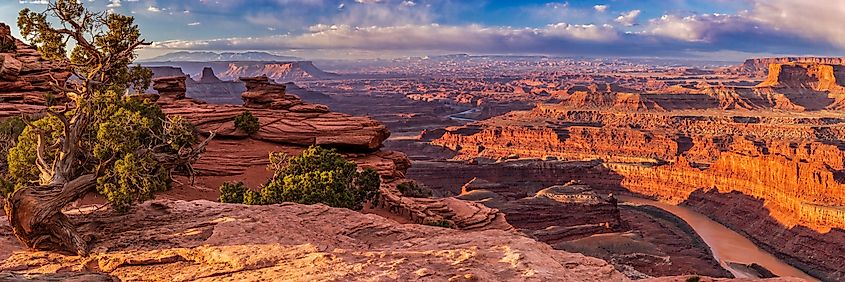
-
Public land per capita: Around 10 acres per person
-
Total public land: Approx. 35 million acres
-
Population (2025): ~3.5 million
Utah’s red-rock canyons and high desert plateaus are iconic, and most of them lie on public land. About 65 percent of the state is managed by federal agencies, making Utah one of the most publicly accessible states per person.
National parks like Zion, Bryce Canyon, Arches, Canyonlands, and Capitol Reef draw millions of tourists, but there are also vast BLM lands with fewer rules and more freedom. State parks and national monuments offer still more options for those looking to hike, climb, or camp.
Public lands in Utah fuel both recreation and controversy, especially when it comes to conservation and land-use rights. But for the everyday adventurer, it means there are plenty of trails, viewpoints, and campsites to go around.
Montana

-
Public land per capita: Around 9 acres per person
-
Total public land: Approx. 29 million acres
-
Population (2025): ~1.07 million
Montana earns its nickname as Big Sky Country in more ways than one. With just over 1 million residents and nearly 30 million acres of public land, the ratio favors those who value outdoor space.
From the towering peaks of Glacier National Park to the wide-open prairies managed by the BLM, Montana offers an incredible variety of terrain. It’s a state where fly fishing and hiking are as much a way of life as they are a pastime.
Montana’s public lands support hunting, fishing, mountain biking, snowmobiling, and wilderness treks. Much of the state’s economy is tied to outdoor tourism, and its residents often grow up with public land as their backyard.
America's Backyard, Shared Generously
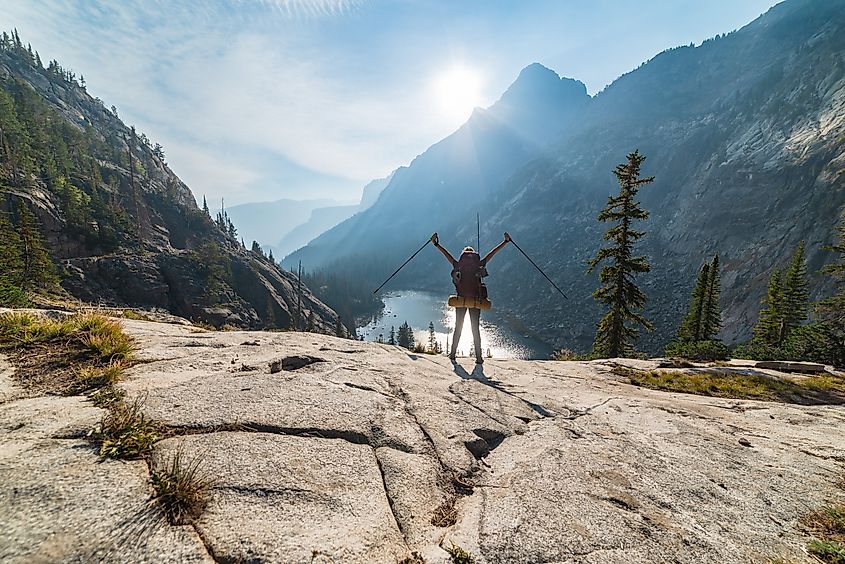
Public lands are one of the greatest assets the United States has to offer. They belong to all Americans, but in some states, the sheer abundance of public space per person creates a different kind of life. These six states stand out for offering residents and visitors room to roam, explore, and reconnect with nature.
From Alaska’s glacier-swept peaks to the red sandstone cliffs of Utah, these places prove that when it comes to natural wealth, it’s not just about how much land a state has, it’s about how freely that land can be enjoyed.
Top 6 States With the Most Public Land Per Capita
| Rank | State | Public Land per Capita | Total Public Land | Population (2025) |
|---|---|---|---|---|
| 1 | Alaska | 800+ acres | 222 million acres | ~735,000 |
| 2 | Nevada | 20 acres | 56.9 million acres | ~2.85 million |
| 3 | Wyoming | 15 acres | 30 million acres | ~585,000 |
| 4 | Idaho | 11 acres | 33 million acres | ~1.56 million |
| 5 | Utah | 10 acres | 35 million acres | ~3.5 million |
| 6 | Montana | 9 acres | 29 million acres | ~1.07 million |
